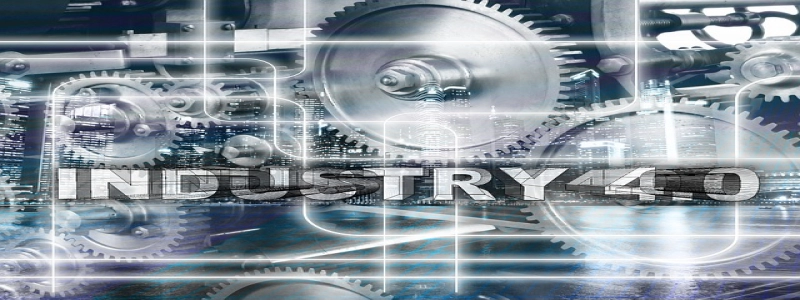Ethernet Board
Introduction
The Ethernet Board is a device that allows for the connection and communication between multiple devices through an Ethernet network. This article aims to provide a detailed explanation of the Ethernet Board, its features, and its applications.
Features
1. Ethernet Port: The Ethernet Board is equipped with an Ethernet port that allows for seamless integration into an Ethernet network. This port enables high-speed data transfer and communication between devices connected to the network.
2. Microcontroller: The Ethernet Board incorporates a microcontroller that serves as the brain of the device. This microcontroller is responsible for managing and controlling the Ethernet communication, as well as handling various input and output operations.
3. Power Supply: The Ethernet Board is designed to operate with a wide range of power supply options. It can be powered through a direct power source, such as a wall outlet, or through Power over Ethernet (PoE) technology, which allows the device to draw power from the Ethernet cable.
4. GPIO Pins: The Ethernet Board features General Purpose Input/Output (GPIO) pins that can be used to connect and control external devices. These pins provide flexibility in expanding the functionality of the board and integrating additional sensors or actuators.
5. Memory: The Ethernet Board includes onboard memory, such as Flash memory and RAM, to store data, settings, and program code. This memory allows for the efficient execution of tasks and the storage of necessary information.
Applications
1. Internet of Things (IoT): The Ethernet Board is widely used in IoT applications, where it acts as a bridge between devices and the internet. It enables devices to connect to the internet and communicate with each other, facilitating the exchange of data and control signals.
2. Home Automation: With its ability to connect to an Ethernet network, the Ethernet Board is commonly employed in home automation systems. It enables control and monitoring of various home devices, such as lights, thermostats, and security systems, through a centralized interface.
3. Industrial Automation: The Ethernet Board finds extensive use in industrial automation, where it enables communication between different machinery and devices. It allows for efficient data exchange, remote monitoring, and control of industrial processes.
4. Data Logging: The Ethernet Board can be utilized for data logging applications, where it captures and stores data from various sensors and devices connected to the network. This data can then be analyzed and used for monitoring and decision-making purposes.
5. Network Monitoring and Security: The Ethernet Board can be employed in network monitoring and security systems, where it aids in the detection and prevention of unauthorized access or suspicious activities within the network.
Conclusion
The Ethernet Board is a versatile device that plays a crucial role in connecting and facilitating communication between devices in an Ethernet network. With its numerous features and applications, it has become an essential component in various fields, such as IoT, home automation, industrial automation, data logging, and network security. Its flexibility and reliability make it a popular choice for businesses and individuals alike.








